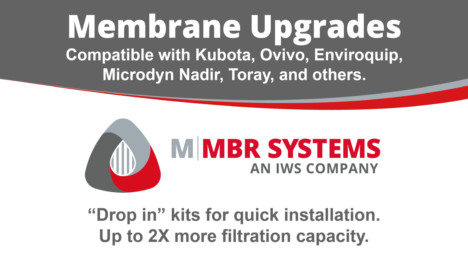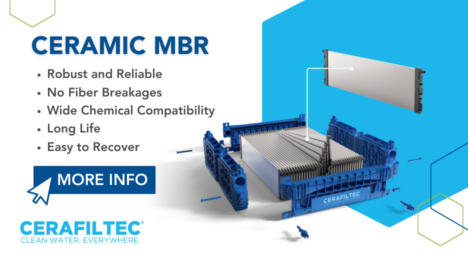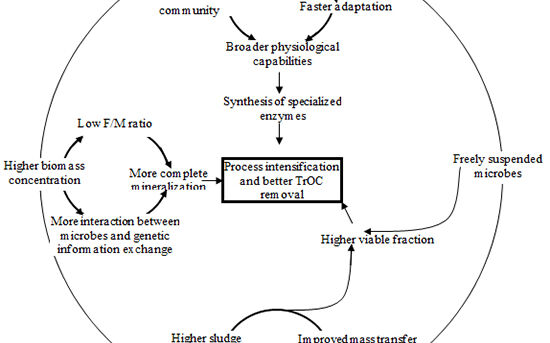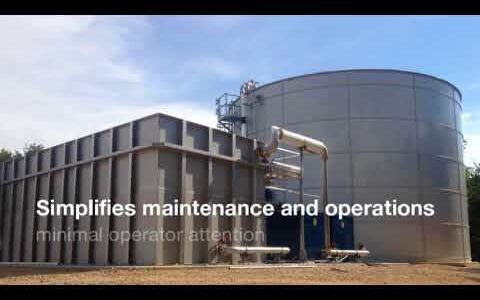Influent quality − garbage in …?

Simon Judd has over 35 years’ post-doctorate experience in all aspects of water and wastewater treatment technology, both in academic and industrial R&D. He has (co-)authored six book titles and over 200 peer-reviewed publications in water and wastewater treatment.
Many of the challenges faced by MBRs have very little to do with the membrane technology and everything to do with the components or issues around it. This can include the software, the screens, the maintenance scheduling, the training and probably a host of other things besides. All this is something I was at pains to point out in a recent article in Influents, the magazine of the Water Environment Association of Ontario. However, the one thing that I failed to mention in this list − with classic irony, given the title of the magazine − is the influent composition.
Perhaps for as many as half of the MBR sites I’ve visited what actually comes into the plant is not what was expected (though all produce pristine treated water nonetheless). This applies to both quality and quantity: planned housebuilding programmes axed, industrial effluents diverted or recycled, commercial developments postponed – there can be any number of reasons why the quantity of the feedwater is lower than what was expected.
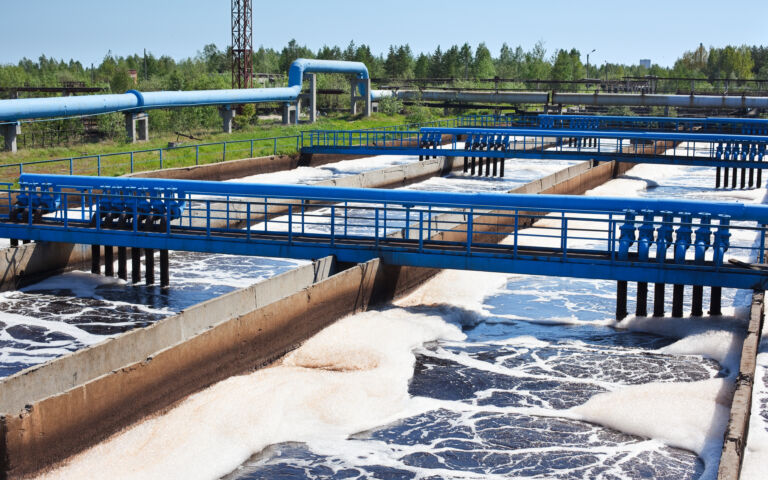
For a biological process, this demands more than just a bit of head-scratching. If the flow is halved, and the organic load halved commensurately, then the volume of the biological reactor must similarly be halved to maintain the hydraulic residence time. This can be done by reducing the number of lines: for a large plant there are normally at least eight. However, this then means that when one line is offline for cleaning the proportional increase in load on the remaining operational lines is double what was originally intended. This isn’t great in terms of membrane fouling/clogging.
Worse than this, though, is the impact of water quality. If the substrate concentration is lower than expected then the biomass is continually being starved. This can be countered by increasing the flow, but this demands a higher flux through the membrane. So, we’re in fouling/clogging territory again. If, conversely, the concentration is higher, this can be countered to an extent by increasing the oxygenation of the mixed liquor. However, this is ultimately limited by the blower capacity and the oxygen mass transfer efficiency of the aerators.
Perhaps the worst of all worlds is a feedwater whose quality fluctuates wildly. Saline shocks, for example, are known to stress the biomass. This can cause release of extracellular polymeric substances (EPS) − the stuff that fouls membranes − or can even kill the biomass if particularly severe. A drop in pH − either from a shock of mineral acid or a drop in alkalinity − can call nitrification to a halt. Waters high in ammonia are more susceptible to this since nitrification itself generates the release of acidity.
So, imagine the horror of all of the above combined. There are some plants fed by sewage not transported via the normal underground network but overground in road tankers. This affords the opportunity for the sewage to get appreciably warmer than it would in the trunk mains, leading to septicity (under the prevailing anaerobic conditions) and the generation of prodigious quantities of ammonia and, if there’s sulphate present, hydrogen sulphide (H2S).
So, not only is the Kjeldahl nitrogen load into the plant increased (which will demand more oxygen and can potentially affect the pH), but there’s the highly toxic H2S to worry about too. This is probably OK if the plant is designed to cope with it − as the installation at Gippsland in south eastern Australia is − but not great if it isn’t. Retrofitting equipment for treating the head gas from the buffer or aeration tank doesn’t come cheap. Needless to say, knowing prior to designing the WWTP whether the sewage is to be conveyed by trunk mains or by road tanker is more than just idle curiosity.
All of which just underlines the point made by Gump the elder to her son, the eponymous Forrest: 'Life is like a box of chocolates, Forrest: you never know what you’re gonna get'.
Well, maybe, but one can be pretty sure that a box of chocolates will at least contain chocolate.



